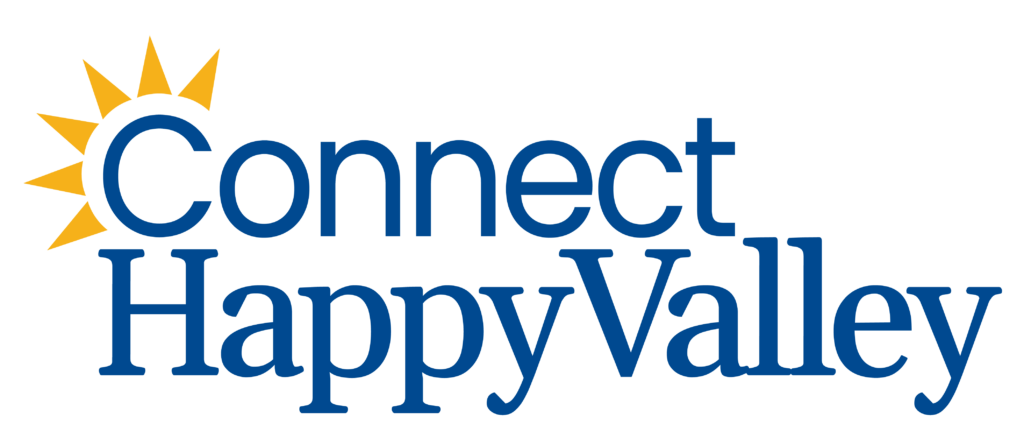
As a region deeply connected to Penn State’s student population, Centre County is closely watching trends in international student enrollment, out-of-state admissions, and federal research funding. With new federal mandates affecting everything from student loan programs to research overhead restrictions, the federal budget’s impact is especially significant here. So, here’s what we found:
For Penn State Undergraduate Students and Families
1. Parent PLUS Loan Cap
- Limit: $65,000 total per student (undergraduate only) for all years in school.
- No limit before
- Effective: 2026–27 academic year
2. Federal Repayment Plans Reduced
- Effective: 2026
- Options:
- 10-year standard repayment
- Income-driven repayment (IDR) with forgiveness after 20–25 years
For Graduate and Professional Students
3. Graduate Student Borrowing Limits
- Cap: $100,000 for graduate programs; $200,000 for professional degrees (e.g., law, medicine)
4. End of GRAD PLUS Loans
- Effective: July 1, 2026
- Note: No new GRAD PLUS loans issued after this date
5. Public Service Loan Forgiveness (PSLF) Reverts
- Change: Temporary PSLF expansions end
- Effective: For loans issued on or after July 1, 2026
For Local Service & Hospitality Workers
6. Tip Income Tax Relief
- Exemption: Up to $25,000/year in tips excluded from federal income tax
- Eligibility: Applies to individuals earning under $150,000
- Effective: Tax year 2026
7. Overtime Pay Tax Relief
- Exemption: Up to $12,500/year in overtime pay excluded from federal income tax
- Effective: Tax year 2026
Example: A State College server earning $15,000 in tips could save approximately $1,500 in federal taxes.
For Seniors
8. Increased Standard Deduction (Age 64+)
- New Deduction: Additional $6,000 (up from $1,850)
- Phase-Out: Begins above $75,000 in income
- Effective: Tax year 2026
Example: A retiree with $30,000 in income may save up to $720/year in federal taxes.
For Healthcare Institutions and Low-Income Families
9. Medicaid & SNAP Reductions
- Changes: Reduced federal Medicaid funding and stricter Supplemental Nutrition Assistance Program (SNAP) eligibility
- Effective: Phased in from 2026 to 2028
- Impact: May affect local hospitals and low-income households
For Penn State & Higher Education Institutions
10. Endowment Tax Increase
- Applies To: Private colleges with endowments over $500,000 per student.
- Note: Penn State is exempt but must meet new IRS reporting requirements
- Effective: Fiscal year 2026
11. FAFSA & Financial Aid Changes
- Update: Stricter eligibility based on simplified income assessments
- Effective: Academic year 2026–27
12. Pell Grant Expansion
- New Coverage: 8–15-week certificate, apprenticeship, and career and technical education (CTE) programs
- Effective: Academic year 2026–27
For Salaried Workers and Homeowners
13. State and Local Tax (SALT) Deduction Cap Raised
- New Limit: $40,000 (up from $10,000) for state and local tax deductions
- Effective: Tax years 2025–2029
- Eligibility: Applies to taxpayers who itemize deductions
- Impact: May benefit higher-income earners and homeowners in Pennsylvania
Note: There are no changes to federal income tax brackets or rates for salaried workers.
Summary of Key Changes
| Category | Key Change |
| Undergrad Students | Parent PLUS capped at $65K; 2 repayment plans remain |
| Grad Students | Loan caps: $100K (grad), $200K (professional); GRAD PLUS ends; PSLF reverts |
| Service Workers | No federal tax on tips (up to $25K) and overtime (up to $12.5K) |
| Seniors | Extra $6K standard deduction for age 64+ |
| Medicaid/SNAP | Major funding cuts from 2026 to 2028 |
| Higher Education | FAFSA changes, endowment reporting, Pell expansion for short-term programs |
| Salaried Workers | No rate changes: SALT deduction cap rose to $40K |
How Much Debt Do Penn State Graduates Carry?
According to Penn State (2021–22 data):
- Average total loan debt: $40,120 (includes federal, private, and Parent PLUS loans)
- Federal direct loans: ~$5,500/year → ~$22,000 over four years
- In-state graduates: ~$36,000 average debt
- Out-of-state graduates: ~$41,000 average debt
- Private loans: Used by 12–14% of first year students.
- Parent PLUS loans: Used by 17% of families.
Want to read the full law?
Visit Congress.gov and search: “One Big Beautiful Bill Act”
Compiled for Connect Happy Valley readers. Sources: WhiteHouse.gov, Congress.gov, TaxFoundation.org, Kiplinger, Axios, BipartisanPolicy.org.


One Response
Thanks for this. All articles helpful.